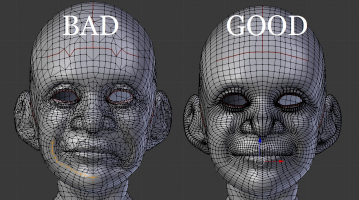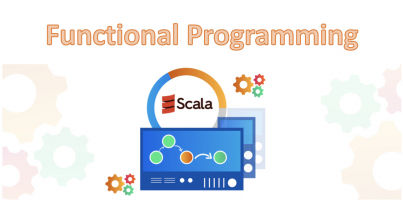Top 10 Best Books On Cyber Security
Today, the field of cybersecurity is expanding at a breakneck pace. This is creating a plethora of new work opportunities in the cybersecurity area. If you are ... read more...interested in mastering cybersecurity, there are a few books that can help you on your way. This article will walk you through the best books on cyber security. These books will introduce you to new ideas and help you answer your cybersecurity issues.
-
Jon Erickson is a computer science graduate who has been hacking and programming since he was five years old. He travels the world speaking at computer security conferences and training security teams. He is currently employed in Northern California as a vulnerability researcher and security specialist.
Hacking is the art of issue solving through creativity, whether it's finding an alternative solution to a challenging problem or exploiting flaws in careless programming. Many people call themselves hackers, but few have the technical basis required to truly push the boundaries.
Author Jon Erickson explains how obscure hacking techniques work rather than simply teaching how to run current exploits. Hacking: The Art of Exploitation, 2nd Edition covers the principles of C programming from a hacker's perspective in order to share the art and science of hacking in a way that is accessible to everyone.
The bundled LiveCD provides a full Linux development and debugging environment without requiring any changes to your current operating system. Use it to follow along with the examples in the book as you cover knowledge gaps and experiment with hacking techniques on your own. Get your hands dirty debugging code, overflowing buffers, hijacking network traffic, circumventing security, exploiting cryptographic flaws, and possibly designing new attacks.
This book will teach you how to do the following:
- C, assembly language, and shell scripts are used to program machines.
- Using buffer overflows and format strings, corrupt system memory to run arbitrary code.
- Debug processor registers and system memory to acquire a true grasp of what is going on
- Outwit traditional security mechanisms such as nonexecutable stacks and intrusion detection systems
- Use port-binding or connect-back shellcode to get access to a remote server, and change a server's logging behavior to conceal your existence.
- Hijack TCP connections, redirect network traffic, and conceal open ports
- The FMS attack is used to crack encrypted wireless traffic, and a password probability matrix is used to speed up brute-force attacks.
Hackers are constantly pushing the envelope, exploring the unknown, and perfecting their craft. Even if you have no prior programming experience, Hacking: The Art of Exploitation, 2nd Edition will provide you with a comprehensive understanding of programming, machine architecture, network communications, and existing hacking techniques. When you combine this knowledge with the supplied Linux environment, all you need is your own imagination.
Author: Jon Erickson
Link to buy: https://www.amazon.com/Hacking-Art-Exploitation-Jon-Erickson/dp/1593271441/
Ratings: 4.7 out of 5 stars (from 1181 reviews)
Best Sellers Rank: #27,120 in Books
#5 in Computer Cryptography
#5 in Web Encryption
#10 in Privacy & Online Safety
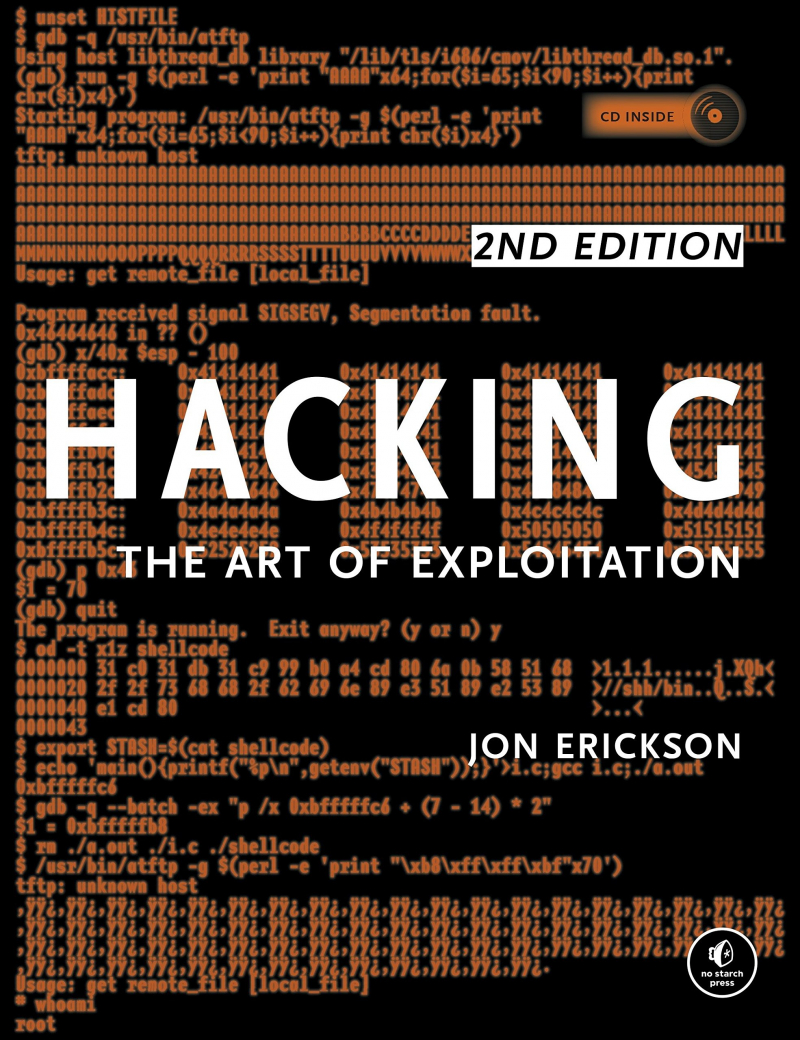
https://www.amazon.com/ 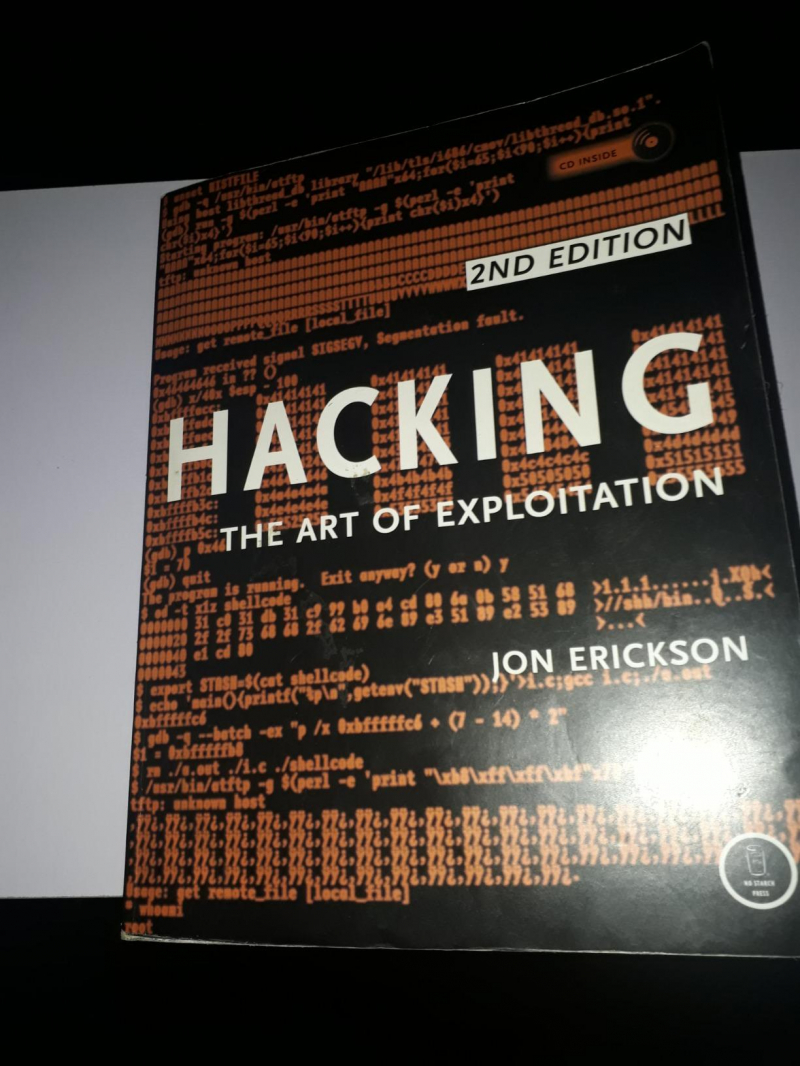
https://www.amazon.com/ -
Dafydd Stuttard is an independent security consultant, author, and software developer that specializes in web application and compiled software penetration testing. Dafydd invented the popular Burp Suite of hacking tools under the moniker PortSwigger.
Marcus Pinto provides online application attack and defense security consulting and training to prominent global enterprises in the financial, government, telecom, gambling, and retail industries.
Most firms' front doors are web apps, which expose them to assaults that may reveal personal information, execute fraudulent transactions, or compromise ordinary users. The Web Application Hacker's Handbook has been thoroughly updated and reworked to cover the most recent step-by-step approaches for attacking and defending a variety of ever-changing web applications. You'll look at the new technologies used in web applications that have emerged since the first edition, as well as the new attack strategies that have been created, notably on the client side.
- Describes how to overcome new technologies and approaches for protecting web applications from assaults that have emerged since the last version.
- New remoting frameworks, HTML5, cross-domain integration techniques, UI redress, framebusting, HTTP parameter pollution, hybrid file attacks, and other topics are covered.
- The authors have created a companion website that allows users to try out the assaults discussed, provides solutions to the questions provided at the end of each chapter, and provides a simplified methodology and task checklist.
This book is the most current resource on the crucial topic of identifying, exploiting, and avoiding web application security flaws, focusing on areas of web application security where things have evolved in recent years.
Author: Dafydd Stuttard and Marcus Pinto
Link to buy: https://www.amazon.com/Web-Application-Hackers-Handbook-Exploiting/dp/1118026470/
Ratings: 4.7 out of 5 stars (from 818 reviews)
Best Sellers Rank: #69,890 in Books
#39 in Privacy & Online Safety
#70 in Computer Hacking
#90 in Internet & Telecommunications
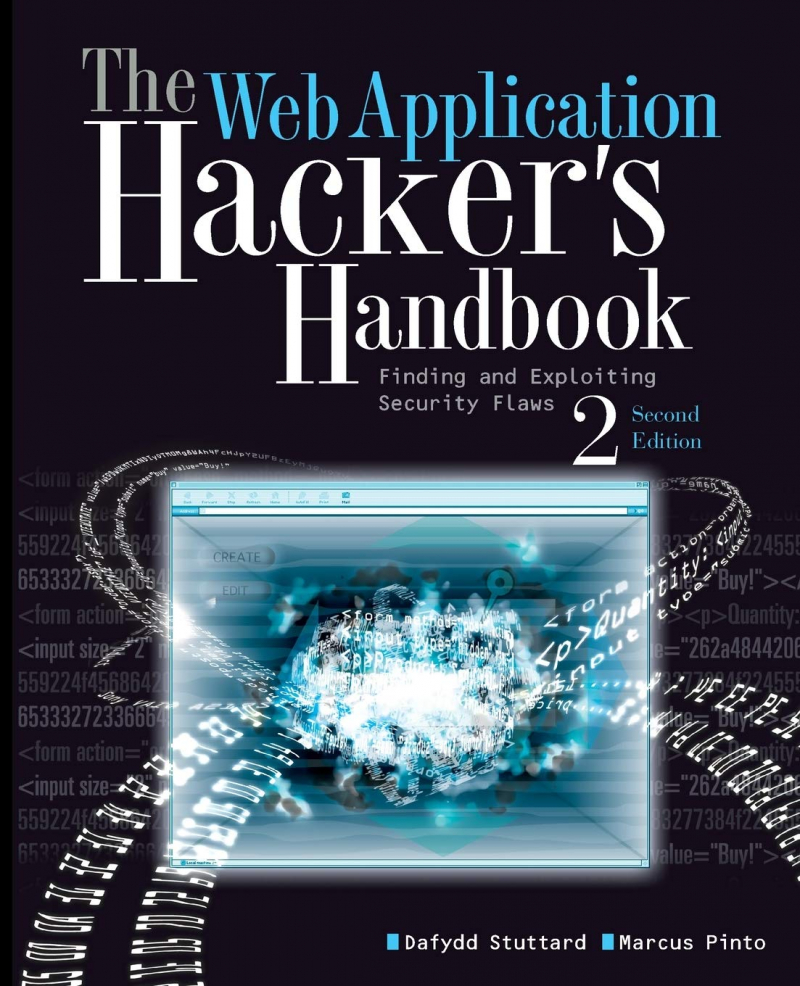
https://www.amazon.com/ 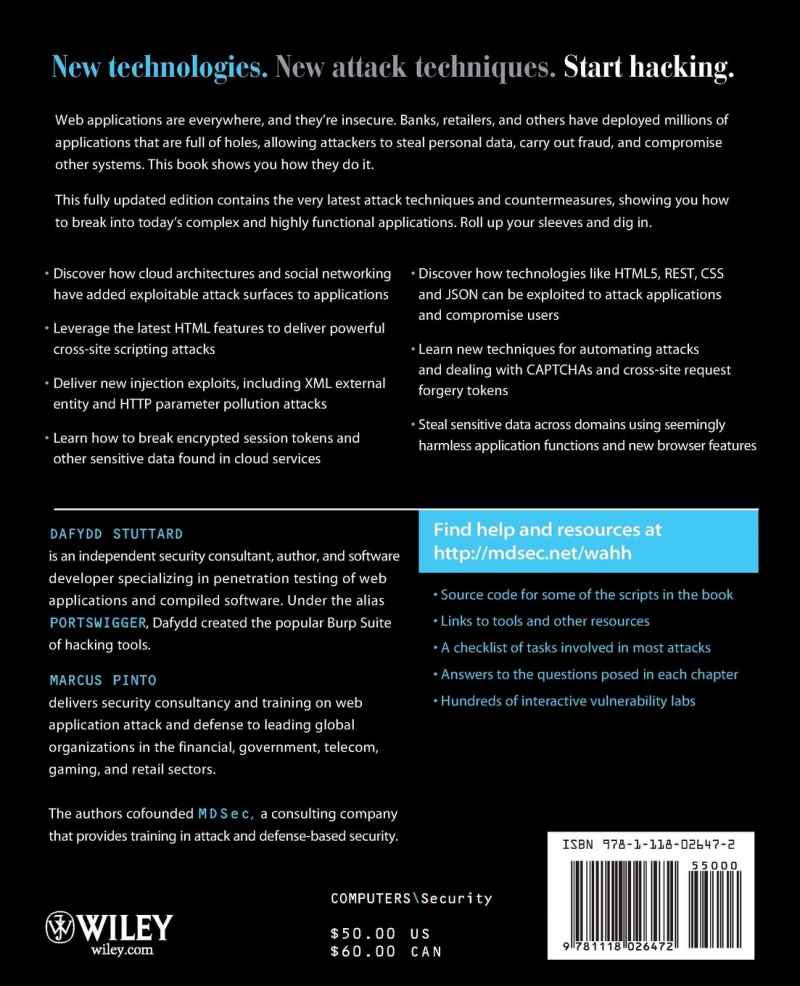
https://www.amazon.com/ -
Michael Sikorski works at Mandiant as a malware analyst, researcher, and security consultant. Previously, he worked for the National Security Agency and MIT Lincoln Laboratory. Mike teaches malware research to a wide range of groups, including the FBI and Black Hat.
Andrew Honig works for the Department of Defense as an Information Assurance Expert. He teaches software analysis, reverse engineering, and Windows system programming classes. Andy has publicly claimed responsibility for many zero-day attacks in VMware's virtualization solutions.
Malware analysis is major industry, and attacks may be quite expensive. When malware breaks your defenses, you must act promptly to cure existing infections and prevent future attacks.
Practical Malware Analysis will teach you the tools and tactics used by expert analysts to keep ahead of the latest malware. You'll be able to securely analyze, debug, and disassemble any malicious software that comes your way with this book as your guide.
You'll learn how to:
- Create a secure virtual environment for malware analysis
- Extract network signatures and host-based indicators quickly
- Utilize important analysis tools like as IDA Pro, OllyDbg, and WinDbg.
- Overcome malware tactics such as obfuscation, anti-disassembly, anti-debugging, and anti-virtual machine
- Apply your newly acquired knowledge of Windows internals to malware investigation
- Develop a malware unpacking methodology and gain hands-on experience with five of the most popular packers
- Analyze malware specific instances using shellcode, C++, and 64-bit code.
Practical labs Throughout the book, you'll be challenged to practice and synthesize your abilities as you dissect real malware samples, and pages of thorough dissections will show you how the pros do it. You'll learn how to disassemble malware to examine how it works, assess the harm it has caused, properly clean your network, and ensure that the malware never returns.
Malware analysis is a cat-and-mouse game with continuously shifting rules, so be sure you understand the fundamentals. Whether you're responsible with securing one network or a thousand networks, or you make a living as a malware analyst, Practical Malware Analysis has what you need to succeed.
Author: Michael Sikorski and Andrew Honig
Link to buy: https://www.amazon.com/Practical-Malware-Analysis-Hands-Dissecting/dp/1593272901/
Ratings: 4.8 out of 5 stars (from 460 reviews)
Best Sellers Rank: #55,314 in Books
#13 in Computer Viruses
#14 in Software Design Tools
#28 in Privacy & Online Safety
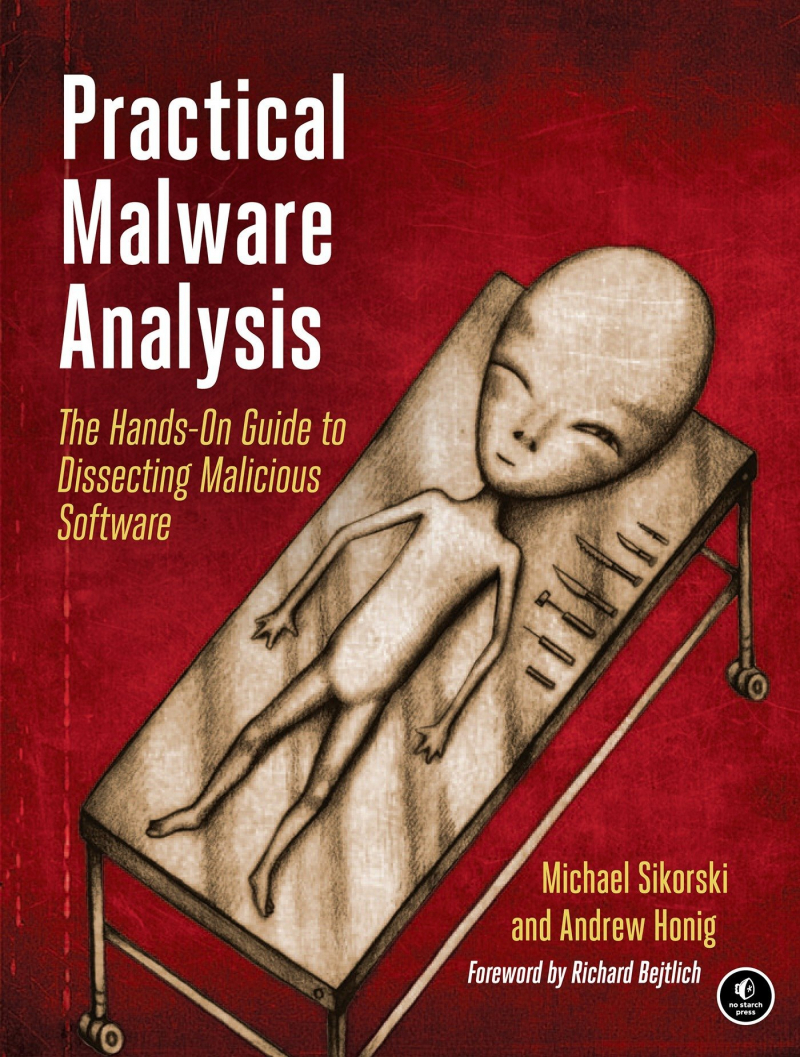
https://www.amazon.com/ 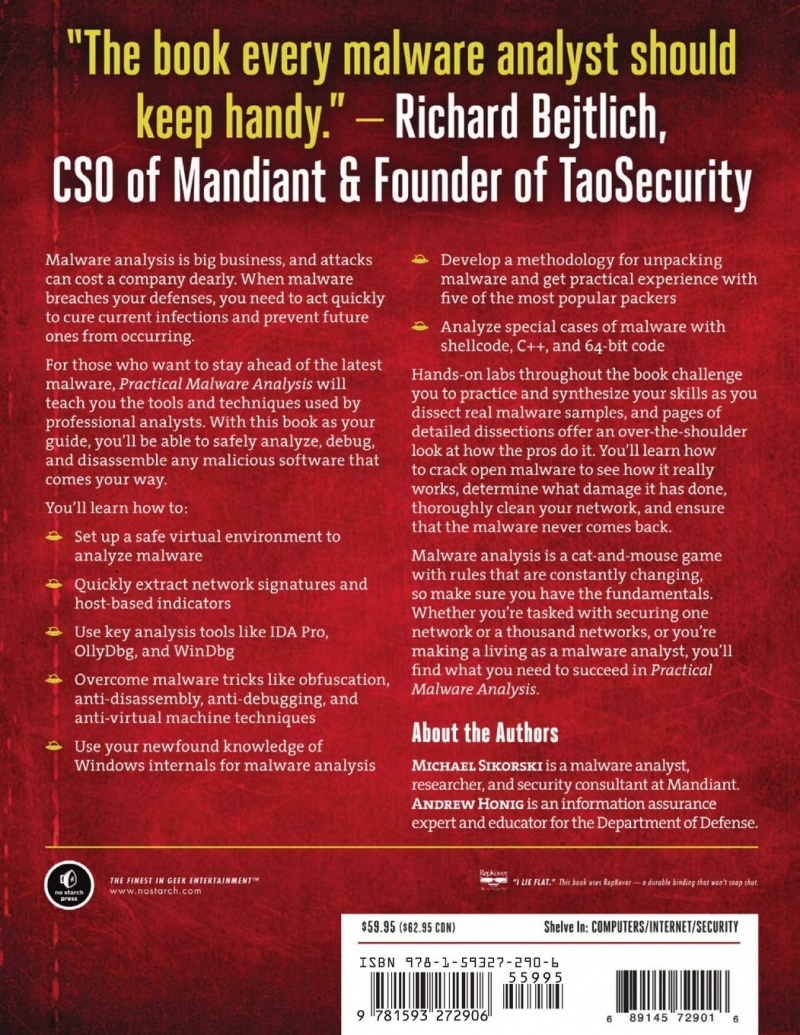
https://www.amazon.com/ -
Christopher Hadnagy is the CEO and Chief Human Hacker of Social-Engineer, LLC, as well as the lead developer and founder of social-engineer.org, the world's first social engineering framework. He founded and created the Social Engineering Village (SEVillage) at DEF CON and DerbyCon, as well as the popular Social Engineering Capture the Flag game (SECTF).
Social Engineering: The Science of Human Hacking highlights the hacker's craftier side—why hack into anything when you can simply ask for access? Social engineering, which is undetectable by firewalls and antivirus software, relies on human error to gain access to sensitive areas; in this book, renowned expert Christopher Hadnagy explains the most commonly used techniques that fool even the most seasoned security personnel, and shows you how these techniques have been used in the past. Everything from our emotions to our security is affected by the way we make decisions as people. Since the dawn of time, hackers have devised methods to manipulate your decision-making process and persuade you to do action that is not in your best interests. This new Second Edition has been updated with the most up-to-date approaches, including stories, examples, and scientific research on how such decisions are exploited.
Networks and systems can be hacked, but they can also be safeguarded; when the "system" in question is a human being, there is no software to rely on, no hardware update, and no code to lock information down eternally. Human nature and emotion are the malicious social engineer's hidden weapon, and this book teaches you how to spot, predict, and avoid this form of manipulation by bringing you inside the social engineer's bag of tricks.
- Investigate the most prevalent social engineering techniques used to acquire access.
- Discover which popular approaches do not work in practice.
- Examine how social engineers can apply our grasp of the science behind emotions and decisions.
- Discover how social engineering plays a role in some of the most recent news.
- Learn how to apply these skills as a professional social engineer to protect your business.
- Adopt efficient anti-hacking methods to keep hackers at bay.
Working from the social engineer's playbook gives you the edge of foresight, which can help you protect yourself and others against even the most zealous of their efforts. Among the best books on cyber security, Social Engineering provides you with the inside information you require to construct an impregnable defense.
Author: Christopher Hadnagy
Link to buy: https://www.amazon.com/gp/aw/d/111943338X/
Ratings: 4.6 out of 5 stars (from 724 reviews)
Best Sellers Rank: #51,170 in Books
#23 in Privacy & Online Safety
#42 in Computer Hacking
#47 in Internet & Telecommunications
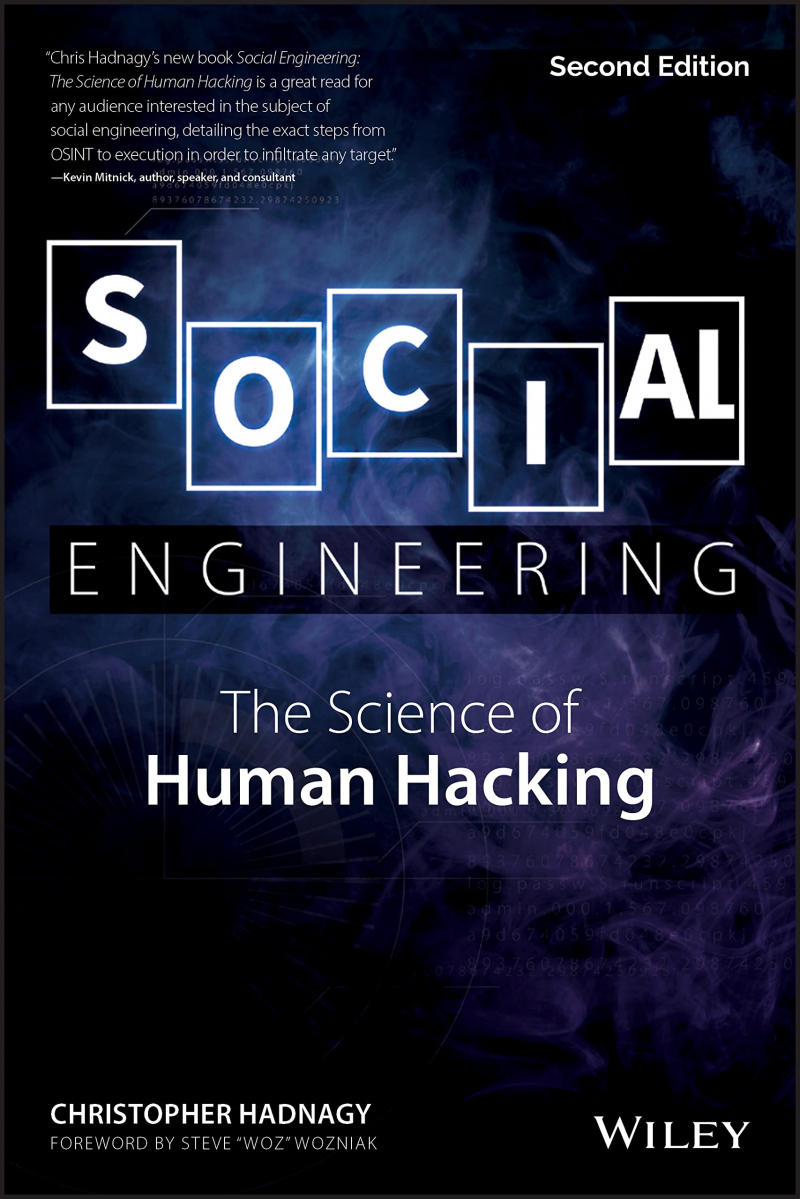
https://www.amazon.com/ 
https://www.amazon.com/ -
Kevin Mitnick has been the subject of numerous profiles written and televised worldwide. Mitnick's renowned penetration-testing team is highly respected and sought after by the world's top organizations and governments for its security services. Mitnick Security Consulting LLC, the company he created, has hundreds of Fortune 500 companies as well as clients from numerous countries across the world. The Art of Invisibility, Ghost in the Wires, The Art of Intrusion, and The Art of Deception are all best-sellers by Mitnick.
Be online while leaving no trace. Your every online move is tracked and saved, and your identity is essentially stolen. Big corporations and governments want to know and exploit everything you do, and privacy is a luxury that few can afford or comprehend.
Kevin Mitnick presents true-life examples in an explosive yet practical book to show exactly what is happening without your knowledge, teaching you "the art of invisibility" — online and real-world strategies to protect you and your family, with simple step-by-step instructions.
The Art of Invisibility will teach you everything from password protection and smart Wi-Fi usage to advanced tactics for maximizing your anonymity. Kevin Mitnick understands how vulnerabilities can be exploited and how to prevent this from happening.
He is the world's most famous – and formerly the US government's most wanted – computer hacker, having broken into some of the country's most powerful and supposedly impenetrable agencies and companies, and was once on the run from the FBI for three years. Mitnick has since been rehabilitated and is widely regarded as a computer security specialist. Invisibility isn't just for superheroes; in the age of Big Brother and Big Data, privacy is a power you deserve and require.
Author: Kevin Mitnick
Link to buy: https://www.amazon.com/Art-Invisibility-Worlds-Teaches-Brother/dp/0316380520/
Ratings: 4.5 out of 5 stars (from 1766 reviews)
Best Sellers Rank: #16,345 in Books
#2 in Mobile & Wireless Telecommunications
#3 in Handheld & Mobile Devices
#4 in Social Media Guides
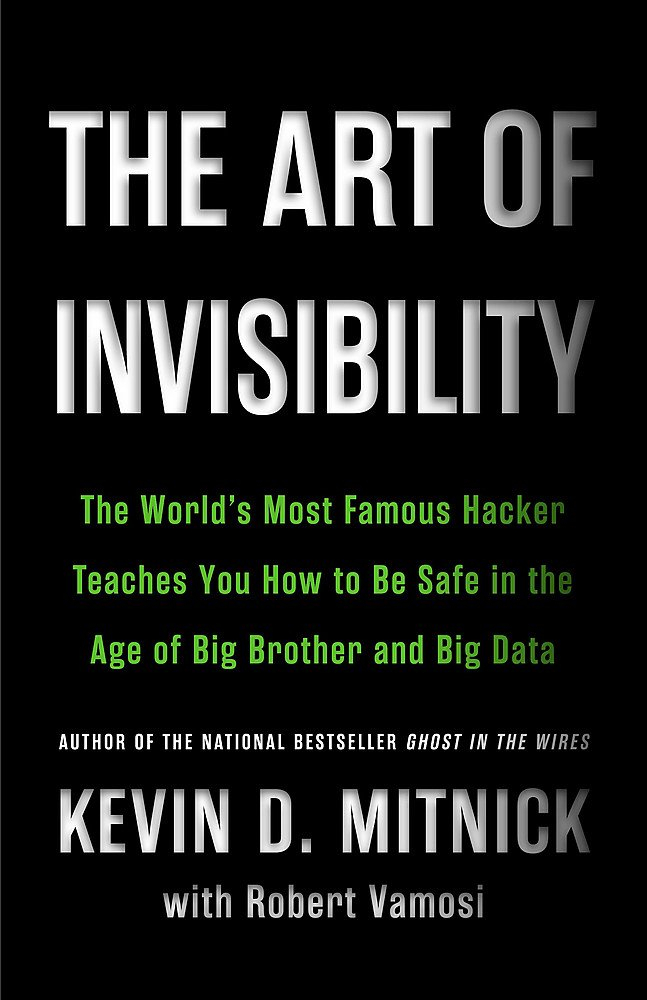
https://www.amazon.com/ 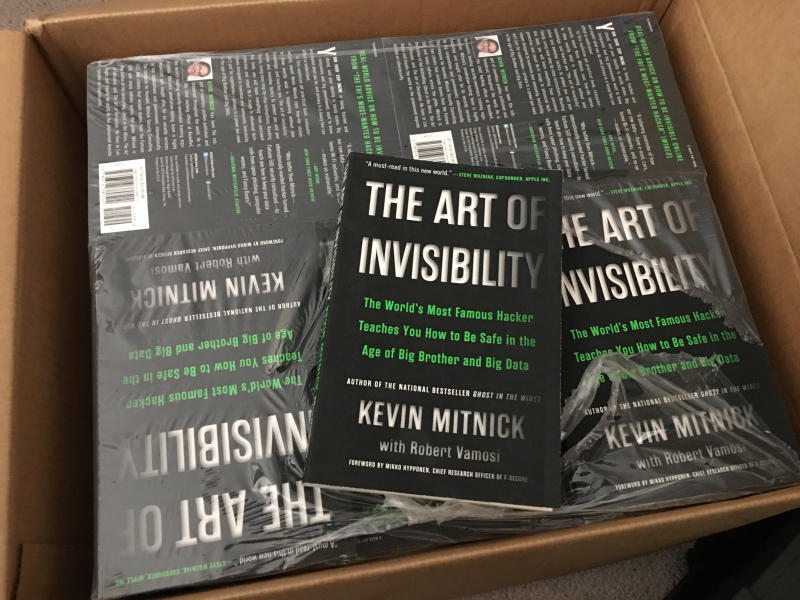
twitter.com -
Kim Zetter is an award-winning writer who writes for Wired about cybercrime, civil liberties, privacy, and security. She was one of the first journalists to cover Stuxnet following its discovery, and she has written several of the most in-depth stories about it. She has also broken countless stories on Wikileaks and Bradley Manning, NSA surveillance, and the hacker underground throughout the years.
The book is about a top cybersecurity journalist who relates the story of the virus that wrecked Iran's nuclear efforts and demonstrates how its existence has ushered in a new era of warfare in which a digital attack may be as damaging as a megaton bomb.
Stuxnet, as it is now called, was unlike any previous piece of malware ever created: Rather than simply hijacking or stealing information from targeted systems, it demonstrated that a piece of code might escape the digital realm and cause genuine, physical destruction—in this case, on an Iranian nuclear site.
In these pages, journalist Kim Zetter tells the entire story of the world's first cyberweapon, from its conception in the corridors of the White House to its effects in Iran—as well as the spectacular, unlikely story of the security geeks who uncovered a top-secret sabotage campaign that had been years in the making.
But Countdown to Zero Day goes beyond Stuxnet, analyzing the past and future of cyberwarfare, demonstrating what can happen if our infrastructure is targeted by a Stuxnet-style attack, and finally offering a depiction of a society on the verge of a new sort of war. It is among the best books on cyber security.
Author: Kim Zetter
Link to buy: https://www.amazon.com/gp/aw/d/0770436196/
Ratings: 4.7 out of 5 stars (from 919 reviews)
Best Sellers Rank: #39,374 in Books
#9 in Computer Viruses
#10 in Computing Industry History
#21 in Conventional Weapons & Warfare History (Books)

https://www.amazon.com/ 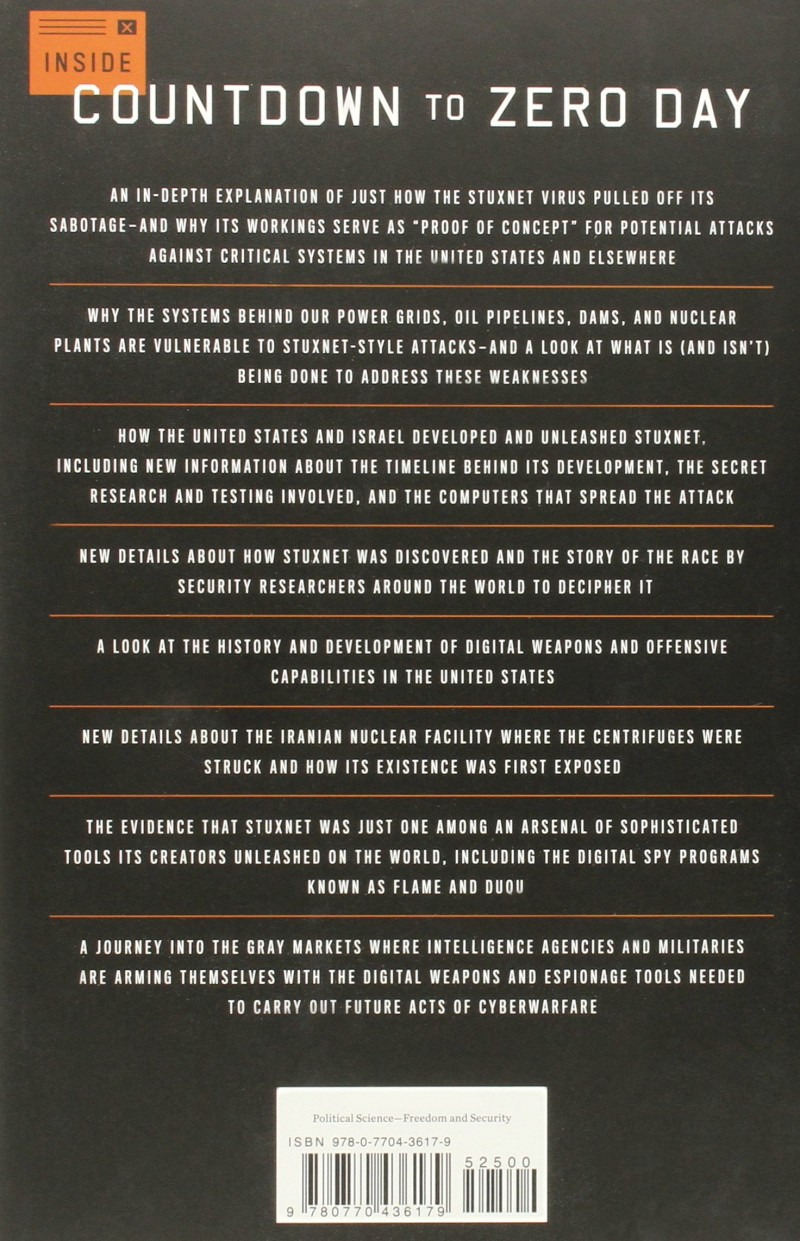
https://www.amazon.com/ -
Cliff Stoll made the top page of The New York Times after nailing his spy, much to the delight of the befuddled FBI, CIA, and NSA. The incident, which broke in 1989, soon gained national attention, and Stoll became a genuine, if somewhat improbable, American hero.
Before the Internet became widely known as a global weapon for terrorists, one astute American individual saw its sinister potential. Armed with clear evidence of electronic espionage, he embarked on a deeply personal mission to uncover a covert network of spies threatening national security. But would the authorities support him? Cliff Stoll's dramatic firsthand experience is "an instantly engaging [and] incredibly captivating computer-age detective narrative" (Smithsonian).
In The Cuckoo's Egg, Cliff Stoll, an astrophysicist turned systems manager at Lawrence Berkeley Lab, discovered an unauthorized user on his system after a 75-cent accounting blunder. The hacker's secret name was "Hunter," and he was a mysterious intruder who broke into US computer networks and stole critical military and security information. Stoll embarked on his own one-man quest, spying on the spy. It was a perilous game of deception, broken codes, satellites, and missile bases — a one-man sting operation that eventually drew the CIA's attention...and eventually caught a worldwide spy ring fueled by cash, cocaine, and the KGB.
Author: Cliff Stoll
Link to buy: https://www.amazon.com/gp/aw/d/1416507787/
Ratings: 4.7 out of 5 stars (from 1464 reviews)
Best Sellers Rank: #32,245 in Books
#10 in Computer & Technology Biographies
#19 in Espionage True Accounts
#66 in Political Intelligence
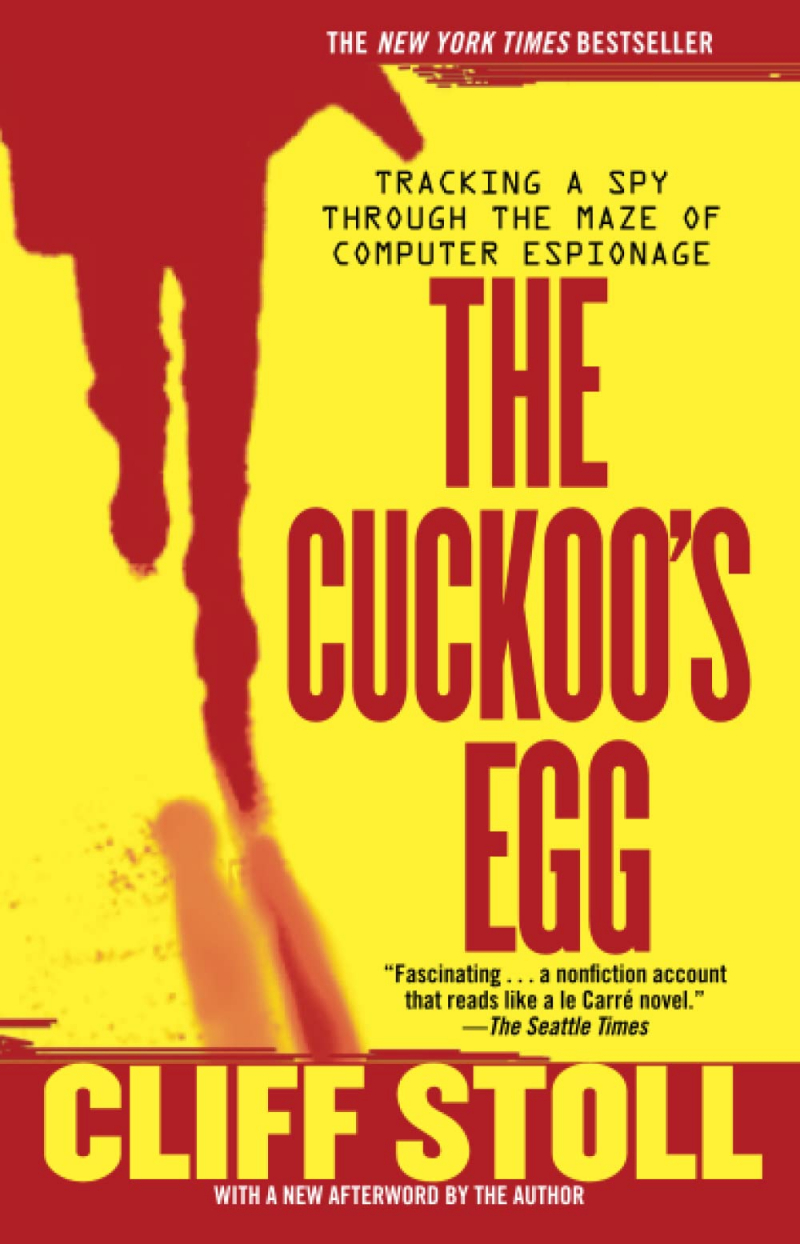
https://www.amazon.com/ 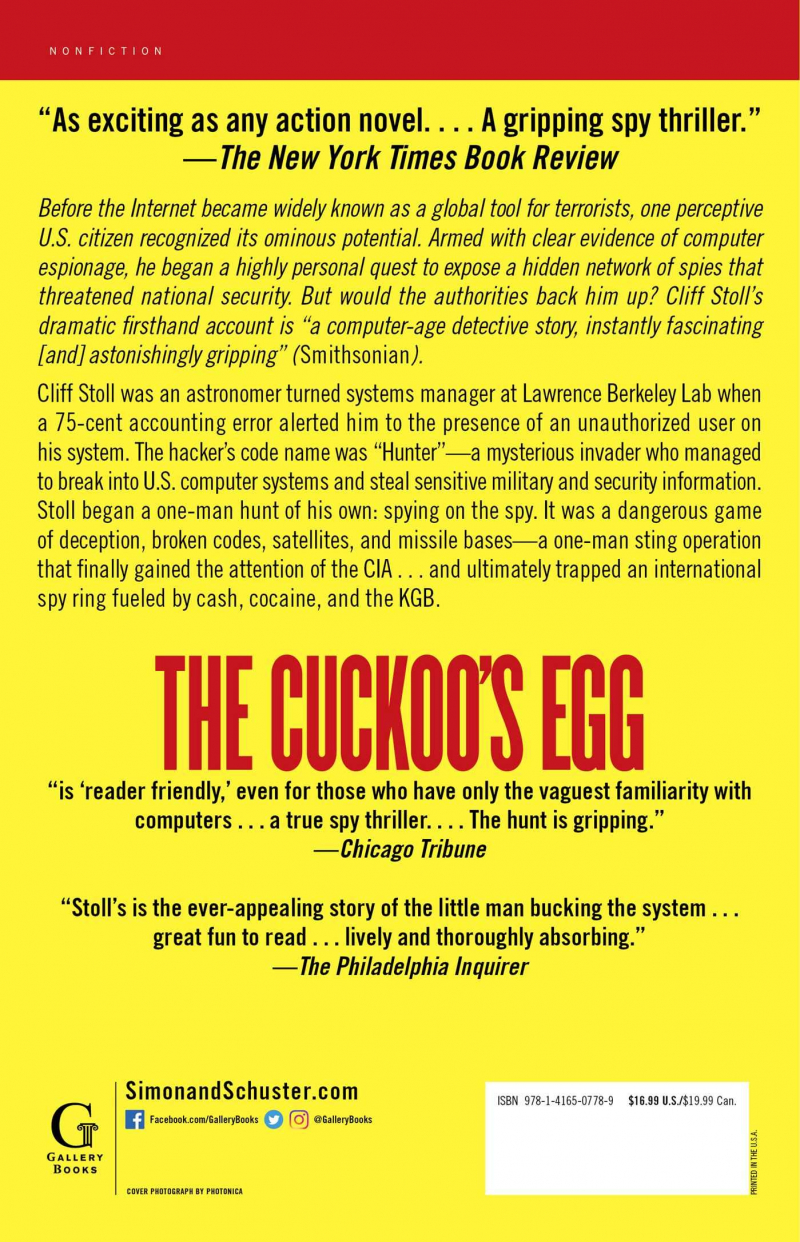
https://www.amazon.com/ -
Raef Meeuwisse has many information security certifications and wrote the security control framework for a Fortune 20 organization. AdaptiveGRC, the world's first single data source / zero replication governance, risk management, and compliance suite, was also established by him. He works as an interim CISO and is a popular international speaker.
Even if you have no technological expertise, this book will provide an accessible introduction to the fundamentals of cybersecurity. You could be a businessperson who wants to learn more about this critical topic or an information security specialist who wants to brush up on your skills.
In the last ten years, the globe has altered more than in any other ten-year period in human history... Technology is no longer an afterthought; it now shapes our daily existence. Companies that employ technology intelligently and well thrive, while others that make poor or no technological decisions fail and disappear. The cloud, smart devices, and the ability to connect practically anything to the internet are crucial landscape features, but they are also loaded with unprecedented risks and dangers.
Cybersecurity for Beginners also included at the back of the book is an alphabetical section to assist you in translating many of the important cybersecurity technical phrases into plain, non-technical English. This is the second edition of this book, which includes revisions and new content. The book is regarded as one of the best books on cyber security.
Author: Raef Meeuwisse
Link to buy: https://www.amazon.com/Cybersecurity-Beginners-Raef-Meeuwisse/dp/1911452037/
Ratings: 4.5 out of 5 stars (from 270 reviews)
Best Sellers Rank: #209,574 in Books
#6 in Security Design
#143 in Privacy & Online Safety
#220 in Computer Hacking
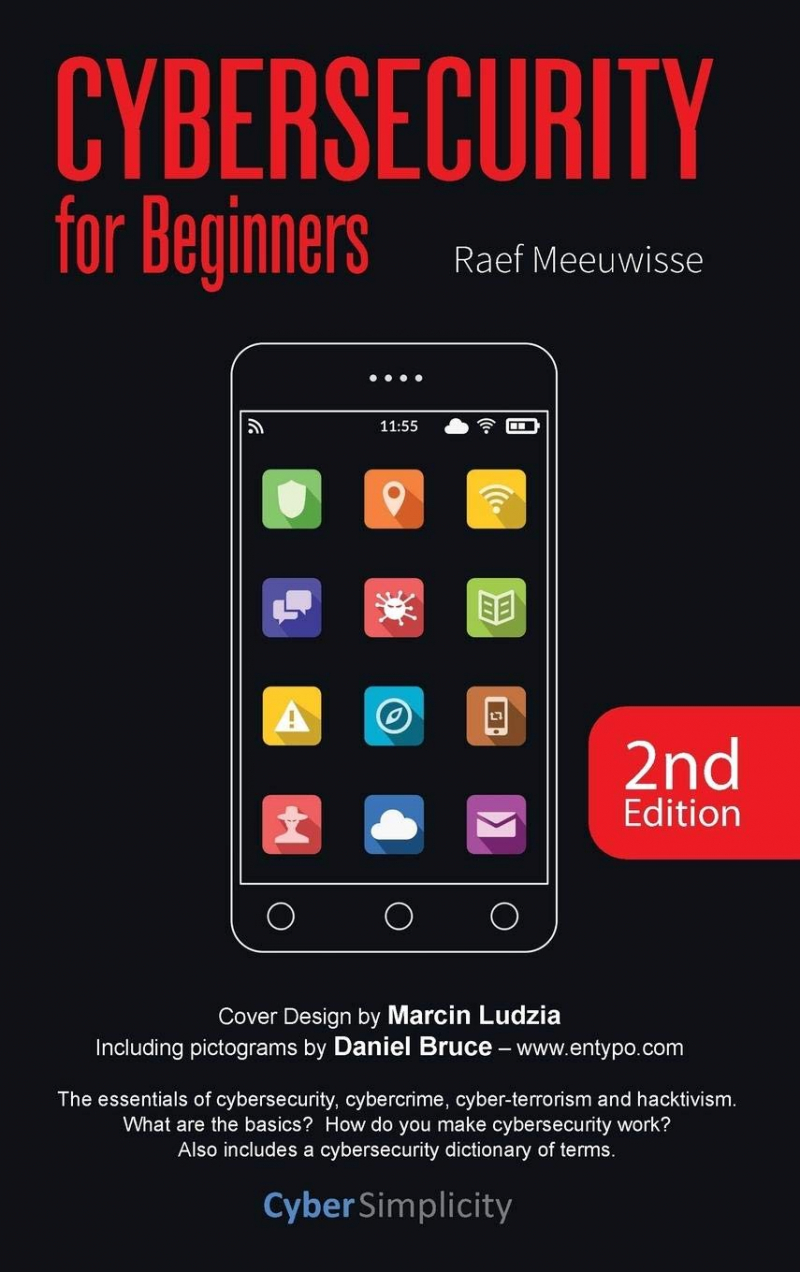
https://www.amazon.com/ 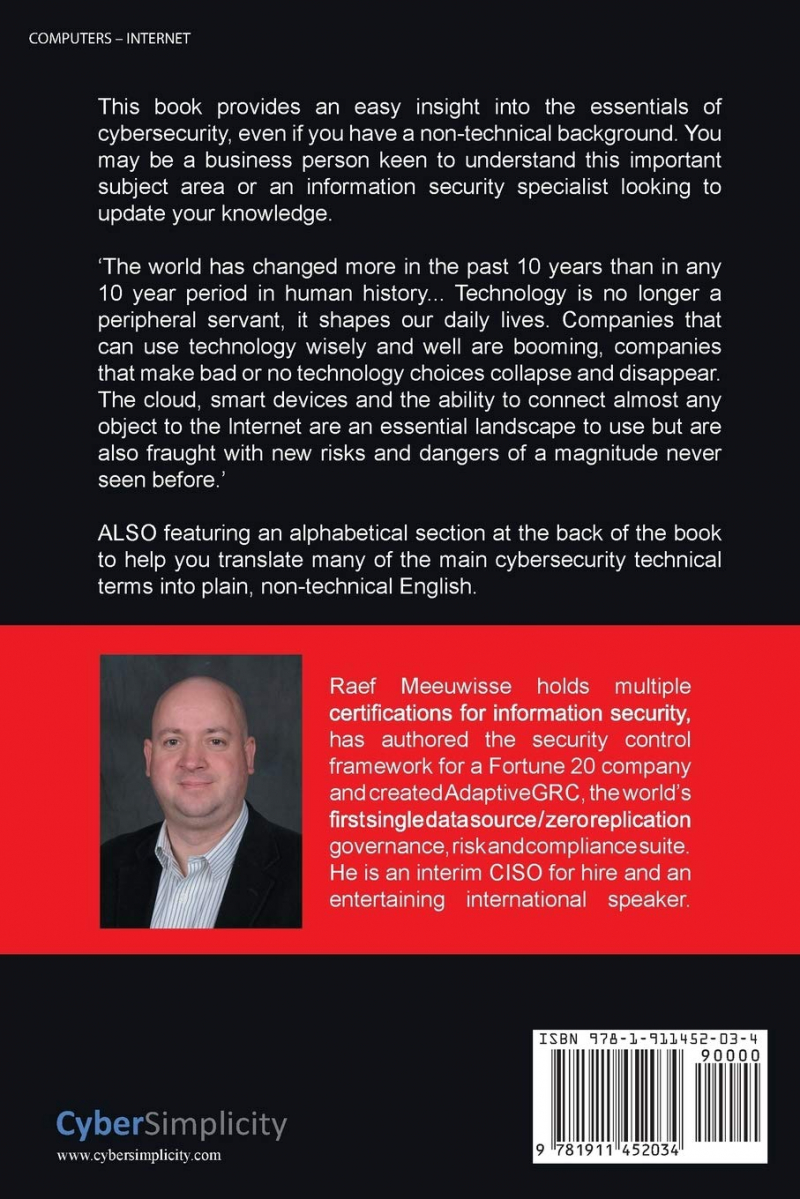
https://www.amazon.com/ -
The world's most notorious hacker provides an insider's perspective on low-tech risks to high-tech security.
Kevin Mitnick's escapades as a cyber-desperado and fugitive have produced scores of articles, books, films, and documentaries, as well as one of the most extensive FBI manhunts in history. Mitnick has turned his life around since his release from federal prison in 1998, becoming one of the world's most sought-after computer security specialists. The world's most known hacker now brings new meaning to the ancient saying, "It takes a thief to catch a thief," in The Art of Deception.
Focusing on the human aspects of information security, Mitnick demonstrates why all the firewalls and encryption measures in the world will never be enough to prevent a skilled thief from combing through a business database or an upset employee from crashing a system. He demonstrates, using many fascinating true instances of successful attacks on industry and government, how vulnerable even the most secure information systems are to a skilled con artist imitating an IRS agent. In a fascinating and highly reading style reminiscent of a true-crime thriller, he explains why each incident was so effective and how it could have been averted, narrating from the perspectives of both the attacker and the victims. And, perhaps most crucially, Mitnick provides guidance on how to avoid these types of social engineering hacks by implementing security policies, training programs, and manuals that address the human side of security.
Author: William L. Simon and Kevin D. Mitnick
Link to buy: https://www.amazon.com/gp/aw/d/076454280X/
Ratings: 4.7 out of 5 stars (from 785 reviews)
Best Sellers Rank: #53,709 in Books
#12 in CompTIA Certification Guides
#32 in Information Management (Books)
#44 in Computer Hacking
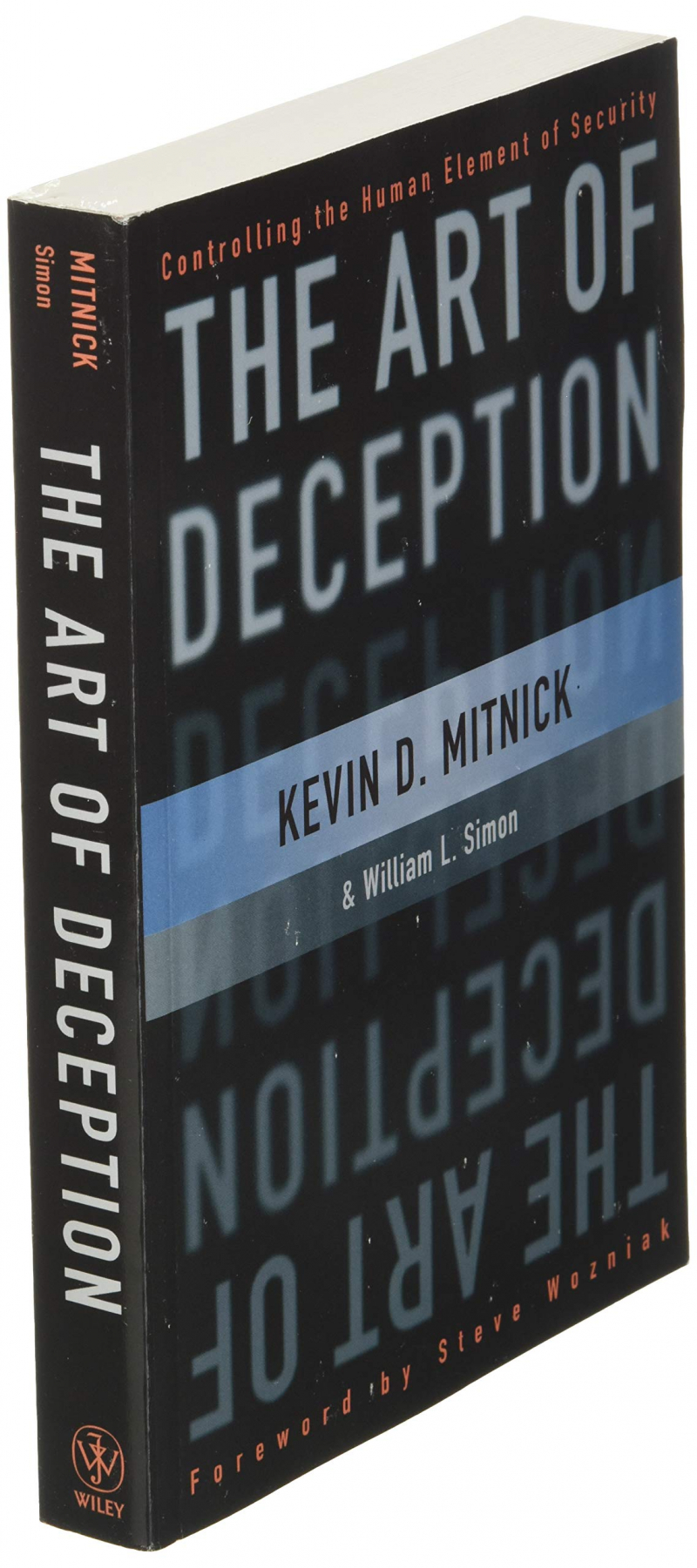
https://www.amazon.com/ 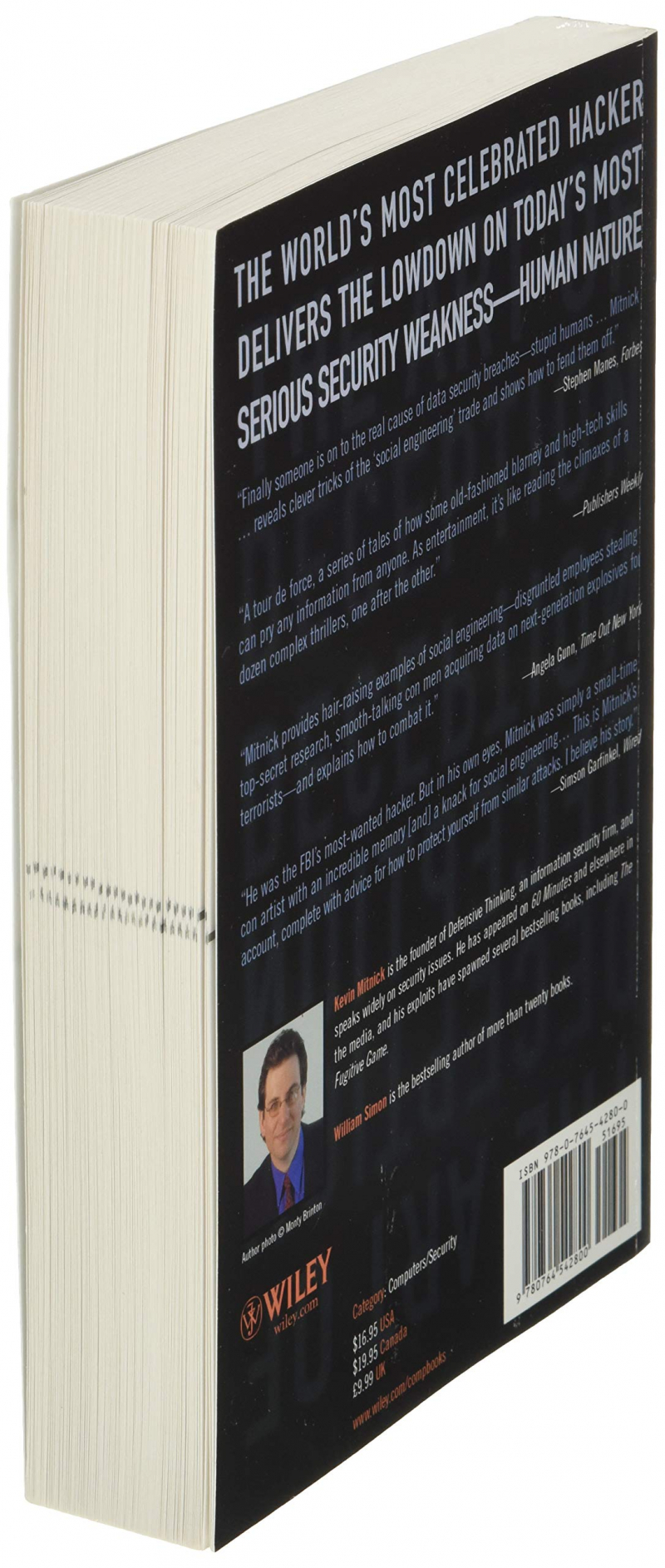
https://www.amazon.com/ -
Bruce Schneier is a well-known security technologist who has been dubbed a "security expert" by the Economist. He has nearly a dozen publications to his credit, teaches at Harvard Kennedy School, and lives in Massachusetts.
Your cell phone provider knows where you are and who is with you. Your online and in-store purchase habits are tracked, revealing if you're unemployed, unwell, or pregnant. Your e-mails and messages reveal your close and casual friends. Because it saves your private searches, Google knows what you're thinking. Facebook can figure out your sexual orientation without you saying anything.
The authorities who monitor us do more than just keep this data. Corporations employ surveillance to affect not only the news and commercials we view, but also the rates we are offered. Governments around the world utilize surveillance to discriminate, censor, stifle free speech, and put people in danger. And, unfortunately, both sides share this information with one another or, even worse, lose it to cybercriminals in massive data breaches.
We collaborate with corporate surveillance because it offers us convenience, and we acquiesce to government surveillance because it promises us protection. As a result, we have created our own vast monitoring society. But have we sacrificed more than we have gained? Security expert Bruce Schneier presents another option in Data and Goliath- one of the best books on cyber security, one that values both security and privacy. With a new prologue covering the most recent events, he brings his best-selling book up to speed, and then shows us exactly what we can do to change government surveillance programs, shake up surveillance-based business models, and defend our individual privacy. You'll never again look at your phone, computer, credit cards, or even your car the same way.
Author: Bruce Schneier
Link to buy: https://www.amazon.com/Data-Goliath-Battles-Collect-Control/dp/039335217X/
Ratings: 4.5 out of 5 stars (from 386 reviews)
Best Sellers Rank: #525,322 in Books
#59 in Computer & Internet Law
#67 in Civil Rights
#69 in Science & Technology Law (Books)
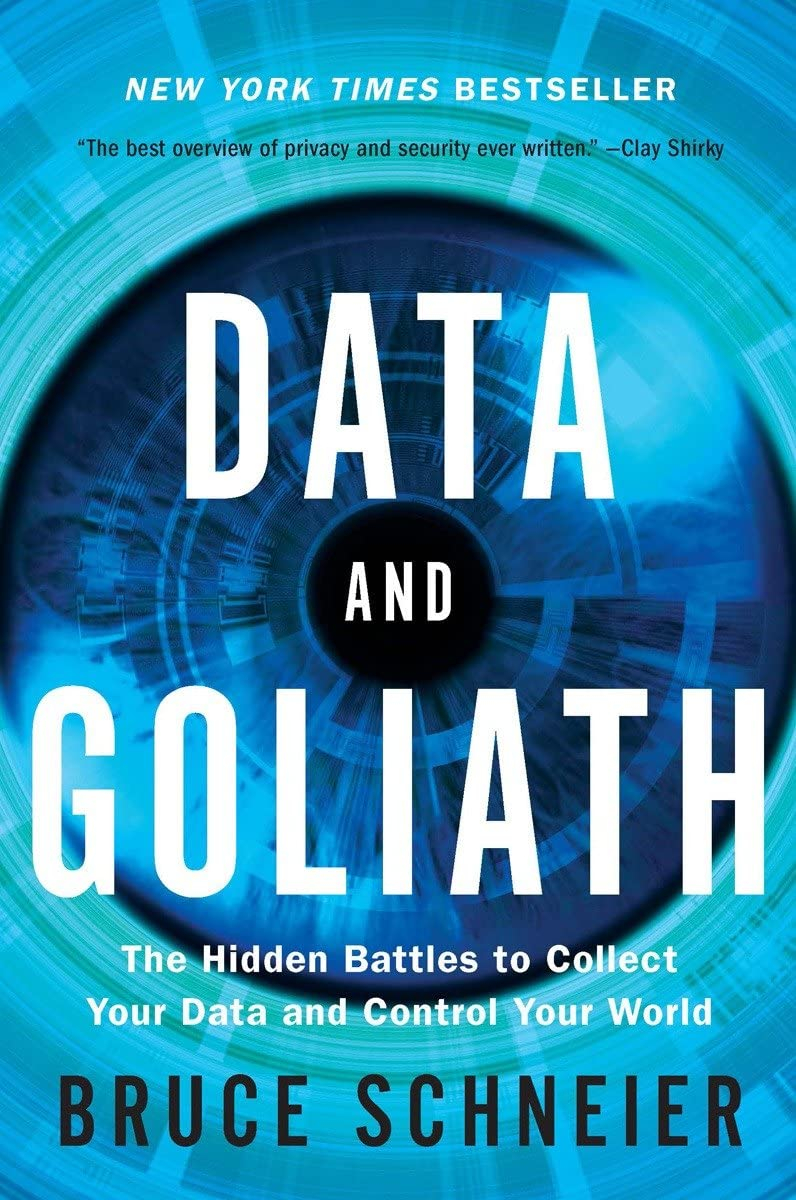
https://www.amazon.com/ 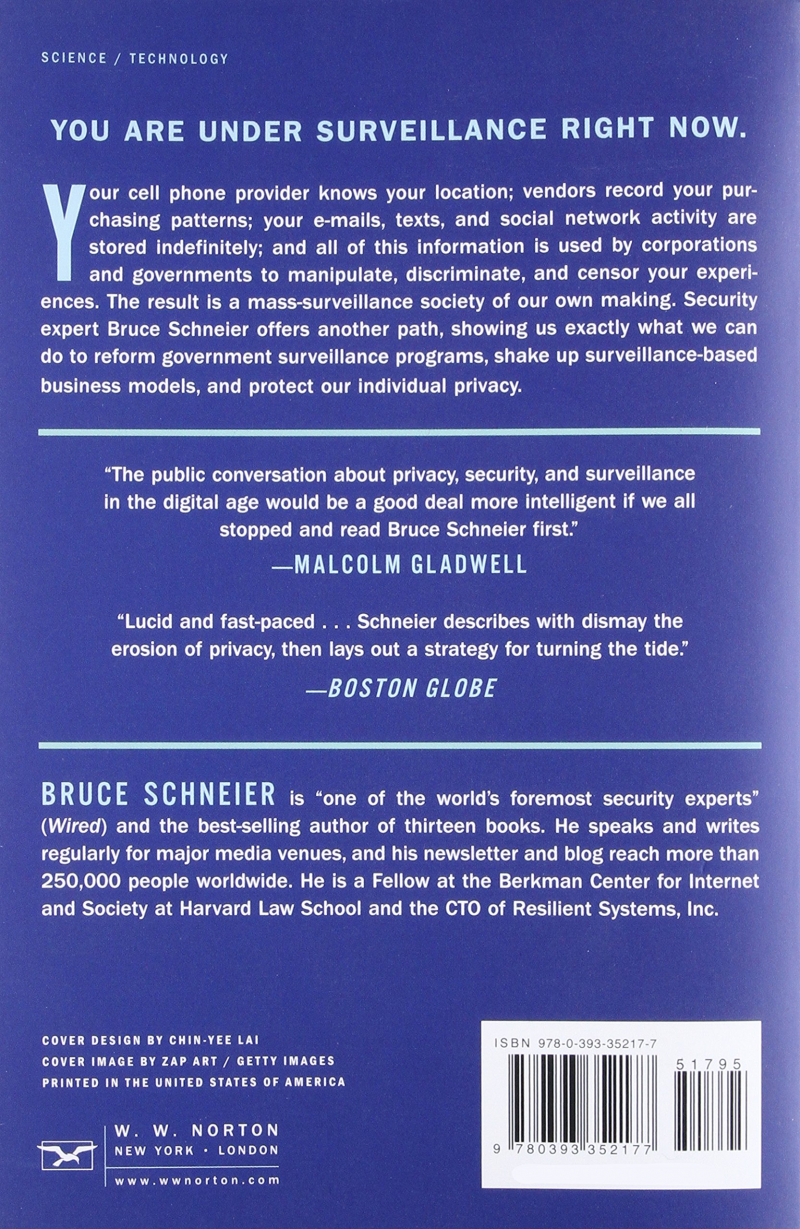
https://www.amazon.com/














